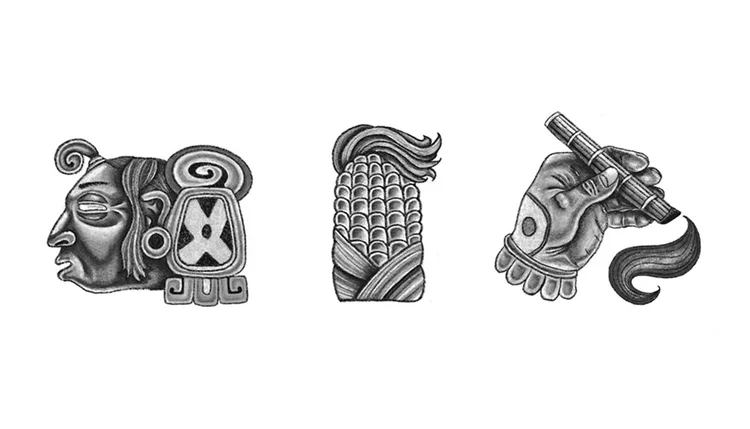Guardabarranco - W14”x H17” - Screenprint
The Guardabarranco, or Turquoise-browed Motmot, is Nicaragua’s national bird, celebrated for its vibrant turquoise, green, and orange feathers, as well as its distinctively long, racket-shaped tail. Its name, meaning "ravine guardian" in Spanish, reflects its preference for nesting in earthen tunnels along cliffs and riverbanks, symbolizing both protection and resilience. Often seen perched motionless while swinging its tail in a rhythmic motion, the Guardabarranco embodies a sense of grace and vigilance, making it a powerful symbol of freedom and connection to nature in Nicaraguan culture. It inhabits Central America from south-east Mexico (mostly the Yucatán Peninsula), to Costa Rica, where it is common and not considered threatened.
In El Salvador, the Guardabarranco is known as the Torogoz and is also the country’s national bird.
Both Nicaragua and El Salvador chose the Guardabarranco/Torogozas their national bird because of its vibrant beauty, unique behaviors, and deep cultural symbolism.
Reasons for Its Selection:
Symbol of Freedom & Nature: The bird’s graceful presence in open landscapes represents liberty and the natural richness of both countries.
Unity & Family Values: The Torogoz/Guardabarranco is monogamous, meaning it stays with one partner for life and both parents care for their young—symbolizing strong family bonds and unity, values cherished in both nations.
Connection to the Land: Unlike many birds that nest in trees, this bird digs burrows in riverbanks and hillsides, reinforcing its deep connection to the earth and natural environment.
Cultural Identity: The bird is native to Central America and commonly seen in forests, ravines, and volcanic regions of both countries, making it a natural representative of their landscapes and biodiversity.
By choosing the Guardabarranco/Torogoz, both Nicaragua and El Salvador highlight their commitment to preserving their environment, cultural identity, and national pride.
The Glyphs in this illustration are Mayan glyphs that represent Quetzals and other bird representations.
Photo cred: Casa Marimba


